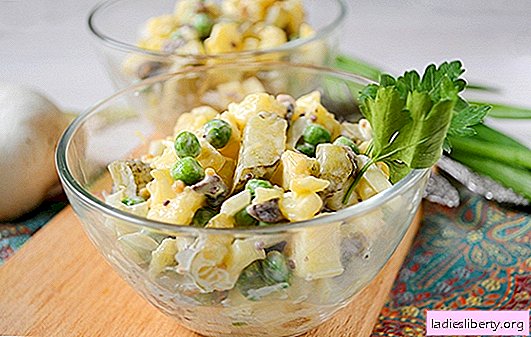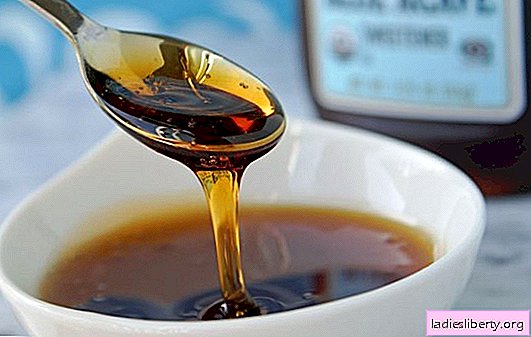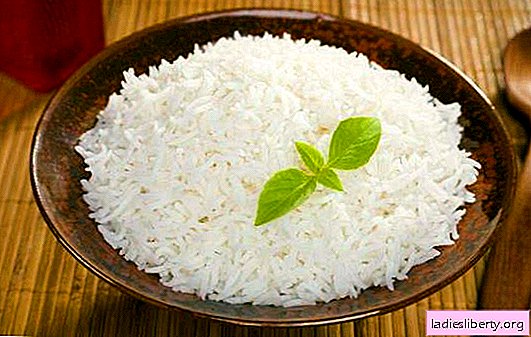
The Republic Cuba unofficially called Liberty Island. This country is located in the north of the Caribbean Sea and occupies an island of the same name. The Strait of Florida separates Cuba from North America. More than one and a half thousand adjacent islands are also considered Cuban territory.
The shape of the island of Cuba resembles a giant lizard, whose head is turned to the Atlantic Ocean. The southern part of the island is washed by the Caribbean Sea, the northwest - by the Gulf of Mexico.
The country is inhabited by Cubans - people of mixed origin. Initially, before Spanish colonization, the island was inhabited by tribes of Indians, Siboneans and Guanahanabeys. However, as a result of the capture of these territories, the indigenous population practically ceased to exist, and it was replaced by foreign migrants from different parts of the world. So slaves for the Spaniards were imported from Africa. Now their descendants make up about 40% of the population of Cuba.
In the same way, the Chinese and Indians were here. At a later time, refugees from Germany, France, Italy and Britain moved here. And during the world wars, the flow of Jewish immigrants did not stop here.
The census officially announced that 60% of the modern population of Cuba is white, 24% are mulattos, 10% are blacks and 1% are Chinese. In total, 11.5 million people live in the country. The church in Cuba is separated from the state. But the Constitution guarantees freedom of religion. The most common religion in the country was Catholicism. Since socialism here has a peculiar appearance, the bulk of the population are believers. Even members of the Communist Party are free to attend church.
In addition to the main religion, there are echoes of African cult traditions in Cuba. By the way, many of them mixed up with church rituals, as a result a kind of mix of Catholicism and African beliefs was obtained.
Due to historical traditions, Spanish became the official language. The national currency is the peso, which consists of 100 centavos. Here, two types of this currency are used (official - for converting the dollar 1: 1.08 and unofficial - for walking on the domestic market).
Cuba - the capital and major cities
The capital of Cuba was the city of Havana (1.7 million people). This is the cultural, economic and political center of the country.
The capital is located in the northwestern part of the state, on the coast of the Gulf of Mexico. Natural conditions formed under the influence of a monsoon tropical climate. The main species of local flora are palm trees, citrus trees, sandalwood and poplar.
In the eastern part of the city is located one of the most famous beaches in the country - Santa Maria.
Havana is a beautiful metropolitan city, one of the best island capitals in the whole world. The central part of the city has retained its original appearance; here, from each building, the era of colonialism blows. Local cultural monuments are listed in the UNESCO register as world relics.
There are 2 airports in Havana - Playa Baracoa and Jose Marti (international).
The second largest and largest city in Cuba was Santiago de Cuba (494 thousand people). It is located in the southeastern part of the island. It was he who was the capital of the state until 1556. Here is the largest Cuban railway station.
Cuba - holidays and tours
Up to 2 million tourists gather annually on the island of Cuba. This type of business for the country has become the main source of replenishment of the revenue side of the budget. It is not by chance that travel lovers chose these areas as their vacation spot. Tourists from Canada, Europe and the countries of the former USSR come here to relax on the beaches, bask in the hot sun and plunge into the original world of Cuban culture.
Tourism is an area that receives particular attention at the state level. The country is interested in developing this industry, so every year the quality of service and the number of establishments accommodating visiting guests is growing.
Attention to tourism has led to an increase in the popularity of the porter, taxi drivers, and musicians. But until recently (until 2008), the peculiarity of traveling in this direction was the actual remoteness of the guests from the country's inhabitants. All beaches, hotels, and other tourist facilities were located in enclaves where a simple Cuban could not go. A few years ago, such discrimination against their own population was eliminated, and all tourism establishments became open for free access.
The leading types of tourism in Cuba are: excursion, beach (Cayo Coco and Varadero are the best resorts in the country), active (diving, water skiing) and ecotourism (visiting the park and protected areas of the Sierra del Rosario, San Felipe, Guanaacabibes ; Punta Frances Marine Park).
In recent decades, Cuba has begun to develop a healthier type of tourism. Hospitals and resorts are engaged in the rehabilitation of patients with diseases of the central nervous system. Also, the main activity was chosen eye surgery.
Cuba - Attractions
The capital of Cuba receives hundreds of thousands of tourists. On the territory of the city there are many cultural and architectural monuments. Havana has many interesting museums, including the Colonial, Anthropological, Museum of Ceramics, Museum of Decorative Arts and many others.
One of the most visited establishments was the National Museum. It contains beautiful collections of paintings by artists of past centuries.
The University of Havana is Cuba’s leading educational institution. The Academy of Sciences is also located in the capital. All scientific research is funded from the state budget.
The most striking events for which tourists seek to go to Cuba are the many national holidays. These are fairs, carnivals, festivals. Every date in the country is celebrated with festivities, so being at that time in Cuba is incredibly interesting and fascinating.
Another large city of Cuba, Santiago de Cuba, is known to tourists for its unique fortress Castillo San Pedro de la Roca del Morro. This cultural monument is under the protection of UNESCO. Here is the world's only Museum of piracy.
For many guests of the country, a visit to the island of Cayo Granma is interesting. Here is the basilica of Caridad del Cobre (named after the Cuban patroness).
In the eastern province of Guantanamo is the "palm city" of Baracoa. Here are the magnificent beach areas of Maguana and Kahobabo.
Cuba - weather (climate)
The trade winds determine the weather in Cuba. It is warm all year round. The average temperature is 25 degrees in the summer and 22 degrees in the winter. Even in the cold season, the water does not cool down and remains at +24 degrees. In the summer it is warmed up to +30 degrees.
There is enough rainfall during the year. Most often it rains in the form of showers. The total amount of water is 1400mm, but dry years are also not uncommon.
Winter and summer in Cuba are determined by the rainy season (from May to September) and the dry period (from October to April). Humidity is high throughout the year.
The biggest inconvenience to the inhabitants of the island are cyclones. They cause typhoons, which often damage buildings and households.
Weather in Cuba now:


Cuba - Cuisine
The cuisine of Cuba is complex and diverse. The main part of the dishes is meat. It is stewed in pots and grilled.
Due to the proximity of the ocean, fish and seafood are Cuban's usual food.
A favorite dish is boiled noodles with stew and tomatoes. Also a respected dish is poultry, which is fried on a spit or stewed in clay pots.
The empty soup "ahiaco criollo" is a national dish. It has several cooking options. Its main ingredients are fruits and vegetables mixed with various types of meat.
Kongry is a side dish of white rice and colored beans.
A real treat is made from bananas, which an incredible amount grows here. They are baked, mixed with other fruits, even an alcohol snack can be made from this fruit.
Cubans love ice cream. And coffee is considered a national treasure. Cuban-made coffee is a sweet and very strong drink.
And, of course, Cuban alcoholic cocktails “Mojito”, “Mulatto”, Cuba Libre “fell in love not only here, but also gained distribution in the most fashionable restaurants in the world.
Cuba - interesting facts
Most men love rum and smoke strong Cuban cigars. Mulatto beauties no longer fold cigars by hand. The manufacturing process has long been mechanized and automated. The Cubans dunk the tip of the cigar in the rum, thus obtaining double pleasure, leading to complete relaxation.
In this state and after this occupation, the Cubans can spend days without a break. That is, idleness is the island’s favorite pastime.
Here they do not plant gardens or vegetable gardens around houses. Although, if desired, the crop could be harvested amazing. But the generous nature has spoiled the population so much that people don’t want to move towards an improvement in life. They are happy with everything. Without doing anything, you can eat pasture all year round, which will melt at every step.
Cuba - visa application
If a tourist trip is planned for a period of up to one month, then a visa for Russians is not issued.
At the border crossing are presented:
• Return flight tickets,
• International passport,
• Migration card,
• Currency purchase certificate ($ 50 per person per day).
For a longer stay, a visa is issued at the Consulate according to the usual scheme with the personal participation of the applicant.
Consular fee - $ 30.
Cuba - Embassy
In Moscow, the Embassy of Cuba is located on 66 B. Ordynka Street. Tel: 8 (495) 933-79-50.
Map of cuba












